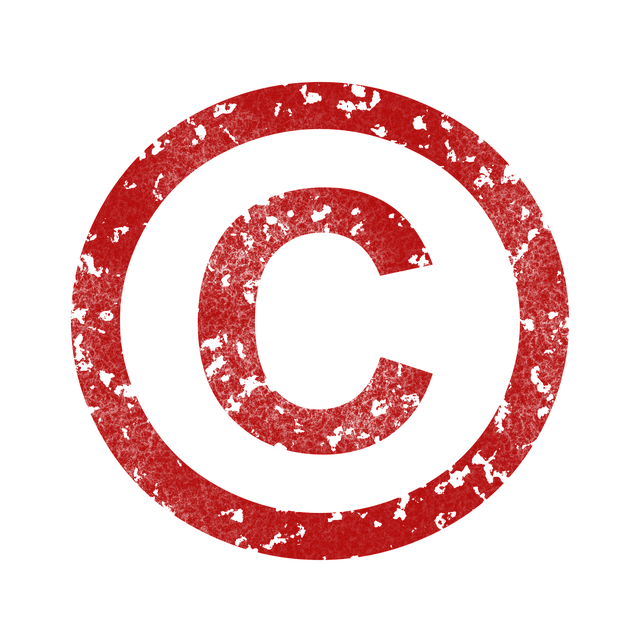Navigating dynamic market regulations requires businesses to adopt robust regulatory compliance strategies. This involves understanding legal principles, staying informed about changes, investing in training and technology, and fostering open communication. By implementing these measures, companies can ensure ethical practices, mitigate risks, maintain a competitive edge, and build trust with stakeholders within highly regulated environments. Case studies provide valuable insights into successful compliance strategies, offering tangible lessons for achieving regulatory excellence while upholding integrity and transparency.
In today’s complex business environment, navigating the intricate web of regulatory requirements is a paramount challenge. This comprehensive guide offers expert guidance on regulatory compliance, equipping you with the knowledge to unravel industry complexities. From understanding the dynamic regulatory landscape to implementing effective strategies and learning from case studies, this article provides a step-by-step checklist for mastering regulatory compliance.
- Understanding Regulatory Landscape: Unraveling Complexities of Compliance
- Key Pillars of Regulatory Requirements: A Comprehensive Checklist
- Strategies for Effective Implementation: Tips from Industry Experts
- Case Studies: Success Stories and Lessons Learned in Regulatory Compliance
Understanding Regulatory Landscape: Unraveling Complexities of Compliance

Navigating the regulatory landscape can be a complex and intricate process, especially for businesses operating in dynamic markets. Regulatory compliance goes beyond mere adherence to laws; it involves understanding the underlying intent and purpose behind each regulation. Each industry has its unique set of rules and guidelines that dictate operational practices, data management, and consumer protection. Staying informed about these evolving requirements is essential to avoid legal pitfalls and maintain a competitive edge.
Ensuring regulatory compliance demands a systematic approach. Businesses must identify relevant regulations, interpret their nuances, and implement processes to meet these standards. This often involves investing in specialized training for employees, updating internal policies, and adopting advanced technologies to streamline compliance efforts. By embracing proactive measures, companies can foster trust with stakeholders, mitigate risks, and demonstrate their commitment to ethical practices within a highly regulated environment.
Key Pillars of Regulatory Requirements: A Comprehensive Checklist

Regulatory requirements are a cornerstone for any business operating within a specific industry, ensuring standards and safety. To navigate this complex landscape, companies must understand the key pillars that underpin these regulations. These include adherence to legal frameworks, implementation of robust internal controls, maintenance of comprehensive records, and fostering a culture of ethical compliance. By addressing each of these areas thoroughly, organizations can achieve regulatory compliance and mitigate potential risks.
A checklist approach is beneficial here. It involves regularly reviewing and updating policies, conducting staff training on new or changed regulations, implementing necessary technological solutions for data management, and establishing efficient procedures for documentation. This systematic process ensures no stone is left unturned in meeting regulatory obligations, thereby enhancing the company’s reputation and avoiding legal complications.
Strategies for Effective Implementation: Tips from Industry Experts

Implementing regulatory requirements effectively is a complex task, but industry experts offer valuable insights and strategies to streamline this process. One key tip is to stay informed about industry-specific changes and updates from regulatory bodies. Regularly reviewing and understanding new guidelines ensures your business stays compliant, even as regulations evolve.
Moreover, fostering open communication within the organization is vital. Experts suggest encouraging employees at all levels to identify potential compliance issues and offer solutions. This collaborative approach can fill knowledge gaps and ensure a more comprehensive understanding of the regulatory landscape, ultimately enhancing overall regulatory compliance.
Case Studies: Success Stories and Lessons Learned in Regulatory Compliance

Case studies offer a powerful tool for understanding the practical application of regulatory requirements and the outcomes that businesses can expect when navigating complex compliance landscapes. By examining real-world examples, companies can gain valuable insights into successful strategies and potential pitfalls. These success stories highlight innovative approaches to regulatory compliance, showcasing how organizations have transformed challenges into opportunities. From streamlining processes to fostering a culture of adherence, these case studies provide tangible lessons learned, offering a roadmap for others to follow.
Each case study provides a unique perspective on regulatory compliance, demonstrating the diverse ways in which businesses can thrive within legal frameworks. For instance, some companies have adopted technology to automate compliance checks, ensuring efficiency and accuracy. Others have implemented comprehensive training programs that empower employees to take ownership of regulatory adherence. By learning from both triumph and adversity, businesses can refine their strategies, adapt to evolving regulations, and ultimately achieve a competitive edge while maintaining integrity and transparency.
Expert guidance on navigating the complex world of regulatory compliance is essential for any organization seeking success. By understanding the key pillars of these requirements, implementing effective strategies, and learning from case studies, businesses can ensure they stay ahead of the curve. Regulatory compliance isn’t just about meeting minimum standards; it’s a dynamic process that demands constant adaptation and improvement. Embrace these insights as a comprehensive checklist to foster a culture of compliance and drive sustainable growth in today’s evolving regulatory landscape.
